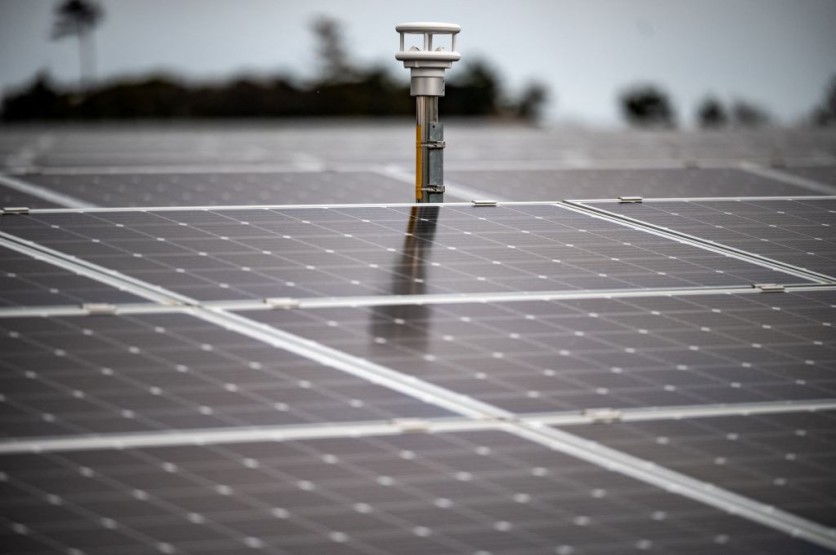Hover Energy will start its commercial-scale production of wind-powered microgrids in January 2023, as reported by Electrek.

Recently, the company's rooftop-mounted microgrids were able to survive Hurricane Ian that brought 105 mph winds. Hence, potential customers don't need to worry about the resiliency of the product.
The Wind-Powered Microgrid
The company's wind-powered microgrid combines their patented 36kW wind turbine and solar. Then, they are installed as an array on the windward edge of a building's roof. It features an aerodynamic design that uses the building as a sail and delivers commercial-scale power.
For low cut in speeds, it has a direct drive generator that helps reduce friction. In addition, the solar PV array installed in the center of the roof complements the turbine array, generating power during daylight hours.
Now, the energy that both sources capture is then sent to Hover's Integrated Energy Management System. Here, the energy is combined, cleaned, and converted into three-phase AC power that is linked to the building management system. For excess power, they are stored in batteries.
In fact, the company claims that their microgrid can offset 100 percent of a building's power consumption in most cases.
Also Read: First All-Electric, Microgrid Community Launches in California
The Benefits of Wind-Powered Microgrids
Now, what makes wind-powered microgrids a better alternative to solar panels alone is that they can generate electricity through both wind and solar. Hence, even when the sun isn't shining, the wind is blowing. This means that they can produce electricity at night, on cloudy days, and with low wind.
Another benefit of wind-powered microgrids is that they last longer than solar panels. Due to the wind turbine's long-term durability, it can provide a reliable source of power for decades. Hence, it is a great alternative for off-grid locations as well.
Additionally, wind-powered microgrids are affordable to install. Due to the wind turbine and solar panels' small size, they cost less. In fact, they can cost up to 70 percent less than solar panels and up to 35 percent less than those with batteries. Hence, they are more cost effective and can be a better value.
Finally, wind-powered microgrids are an all-in-one, turnkey product. Due to their modular design, they are easier to install and can be scaled up. Therefore, they can be mounted on multiple buildings simultaneously.
Overall, the wind-powered microgrids bring a new solution for residents and businesses looking for a more affordable, resilient and an easier alternative to install.
The opportunity to provide power generation in remote areas is huge. While it may appear to be too good to be true, Hover Energy is proving that it is a viable solution that has been proven to work. If you are an investor looking for a transformative technology, then this is something you should keep a close eye on.
Some may argue that it would be better to install solar panels, but given their higher cost, they are not a solution for many. The good news is that by combining both wind and solar, Hover Energy is helping industries meet the increasing demand for clean, reliable and affordable power.
Related Article: Porsche Sets in Motion Plans for $50M Solar Powered Microgrid at US Headquarters to Diminish Carbon Footprint
This article is owned by Tech Times
Written by April Fowell
ⓒ 2025 TECHTIMES.com All rights reserved. Do not reproduce without permission.




